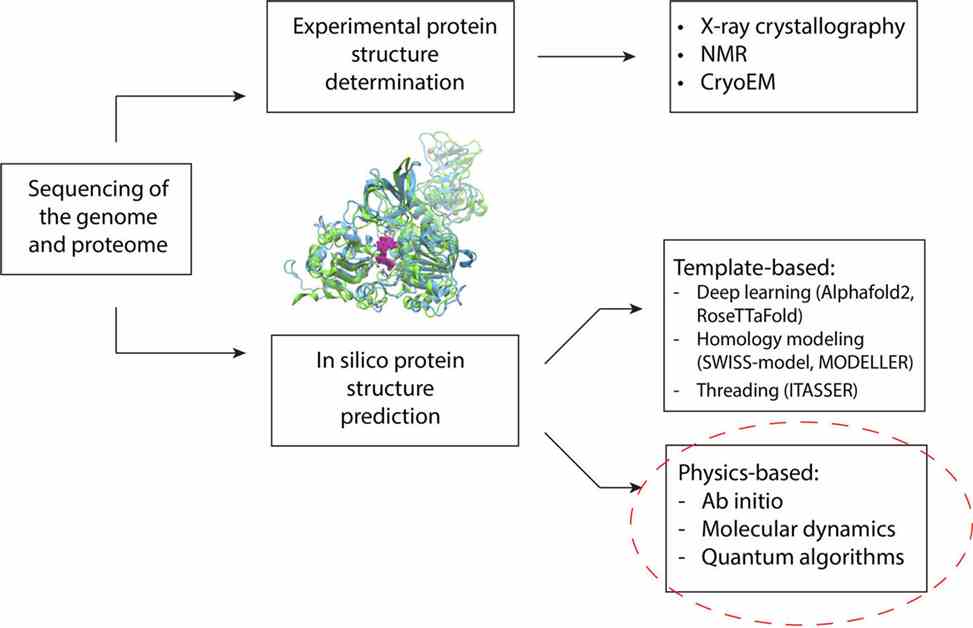Revolutionizing Protein Structure Prediction: Quantum Computing Methods Unleashed
Researchers from Cleveland Clinic and IBM have made a groundbreaking discovery in the field of protein structure prediction by applying quantum computing methods. The implications of this research could transform the way we understand diseases and develop therapies.
How Have Researchers Leveraged Computational Approaches to Predict Protein Structures?
For decades, scientists have utilized computational methods to predict protein structures. Proteins fold into unique structures that determine their functions and interactions within the body. By accurately predicting these structures, researchers can gain valuable insights into disease mechanisms and potential treatment strategies. However, traditional computational approaches face limitations when dealing with complex protein structures.
What Role Does Quantum Computing Play in Protein Structure Prediction?
The research team utilized a hybrid framework combining quantum and classical computing to overcome the challenges posed by traditional methods. By leveraging quantum algorithms, the team was able to accurately predict the folding of a Zika virus protein fragment, showcasing the capabilities of quantum computing in this domain. This innovative approach opens up new possibilities for creating precise protein models without extensive training data.
What Are the Implications of This Research for Future Studies?
The integration of quantum computing methods into protein structure prediction marks a significant advancement in the field. By deconstructing complex problems and utilizing a combination of quantum and classical computing, researchers can enhance the accuracy and efficiency of predicting protein structures. This interdisciplinary approach involving experts from various fields demonstrates the potential of quantum computing in revolutionizing our understanding of biological processes and disease mechanisms. As the team continues to refine their quantum algorithms, the future of protein structure prediction looks promising and poised for further advancements.



